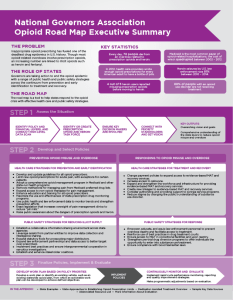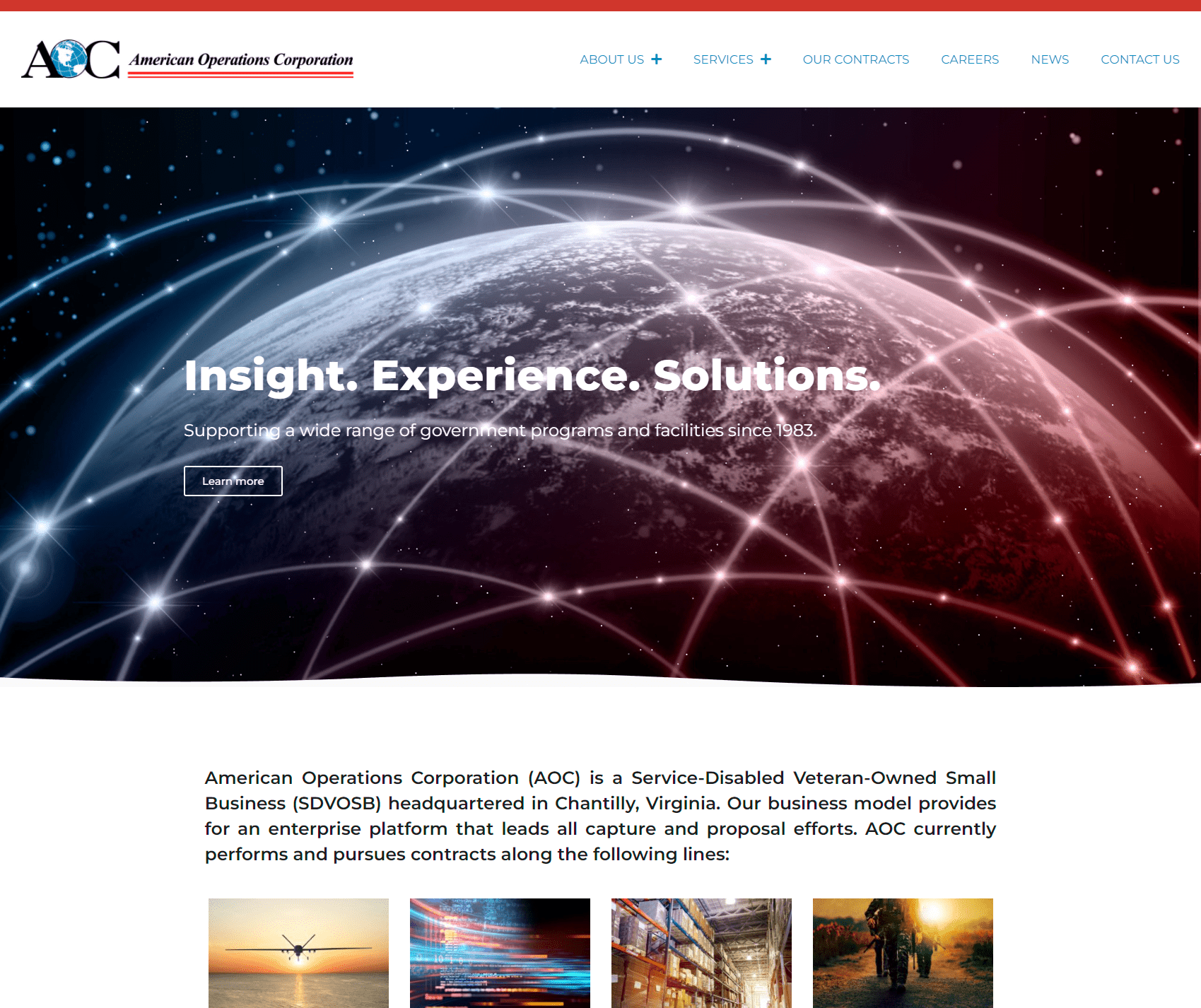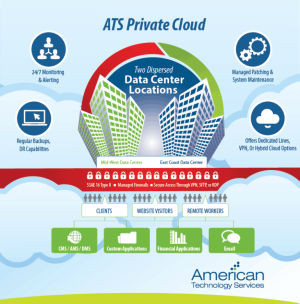Planning is crucial to the success of a website.
Spending time to adequately plan your website will save you both time and money in the long-term and will result in a website that better serves your marketing goals and increases your return on investment. Remember, the decisions that you make during the planning of a website will ultimately affect all aspects of the project, so plan carefully.
To help you get started planning your website, we’ve put together a few of the key points to focus on:
Define your short and long-term goals & objectives.
Your ultimate goals & objectives for your website will strongly affect the design and development of the site. Depending on the products and/or services your organization offers, your goals for your website might include:
- Enhance your corporate image
- Increase sales
- Support existing advertising efforts
- Provide updated information about your products, services, specials, etc.
- Sell products and services online
- Generate traffic to your bricks & mortar store
- Build a database for email marketing
- Survey customers
- Provide online customer service
- Recruit employees
- Expand your market
Define your audience.
What does your audience need and how can you best serve them? Who is your primary target market? Who is your secondary market? Define what will draw & keep your audience to your site. Identify possible user “experiences” you can offer to entice & keep your target market on your site.
Evaluate your competition.
Looking at how your competition handles their web presence and taking note of their strengths, weaknesses, utility of their pages, etc. should help you to refine your web concept and to better implement features through which you can gain a competitive advantage.
Develop a wish list of features.
Brainstorm & look at other websites to find features that you might consider implementing on your website. How will each feature help you to serve your audience and your goals for your website?
Define & organize content.
Identify the materials and text that you would like to include on the site and organize it into categories and subcategories. Putting together a site diagram or organizational chart will help you to begin to define the overall size and scope of the project and will help you to identify particular content or site areas that will need to developed, edited, or written.
Evaluate the potential workload implications of each feature on your wish list.
Every website requires on-going maintenance. Information needs to be updated and a site design needs to be kept fresh. It is important to know at the start of a web project if you would like to be able to maintain your website in house or if you prefer to outsource your web maintenance. If you plan to maintain your site in-house, will you need a web based content management system, or do you have the capacity to maintain the site using html or html software?
Having your website serve as an informational tool, an e-commerce selling opportunity, responding to information requests, or simply keeping your site up to date with press releases, news articles, or employment opportunities add usability and functionality to your website, but they also take work! Evaluate how much internal work will be required to incorporate each feature in your website wish list and make sure you have the capacity to implement and maintain those features.
Define how you will market & promote your site.
Generating real traffic to your website takes planning and ongoing work. Have you adequately budgeted for the marketing of your website? How will your website fit into your overall marketing plan? How will you promote & market your website in the long run?




















